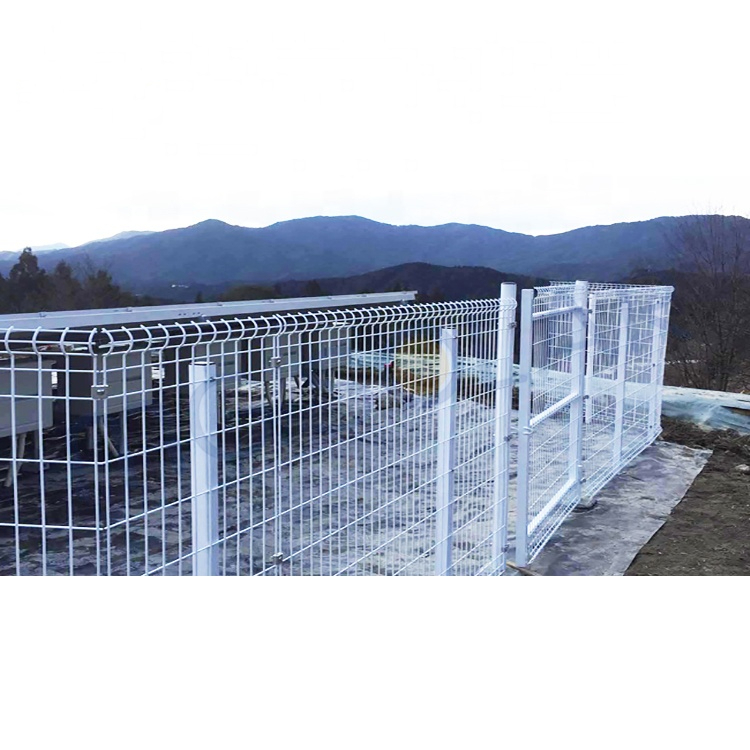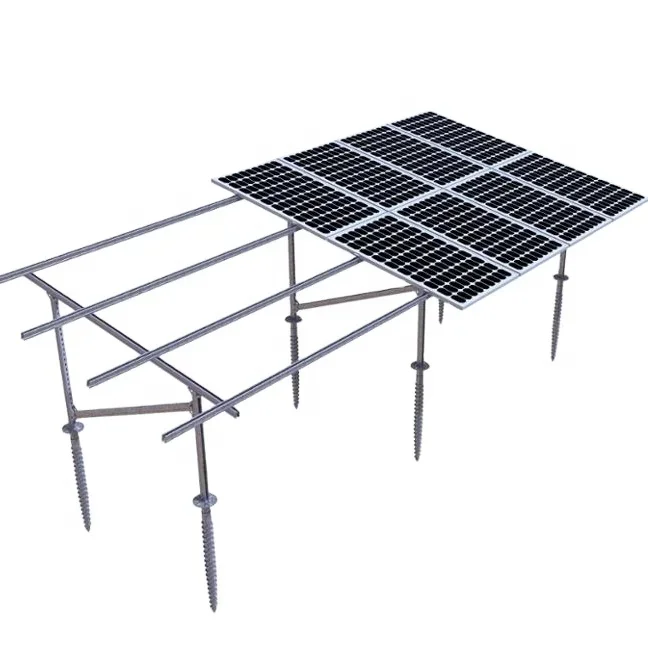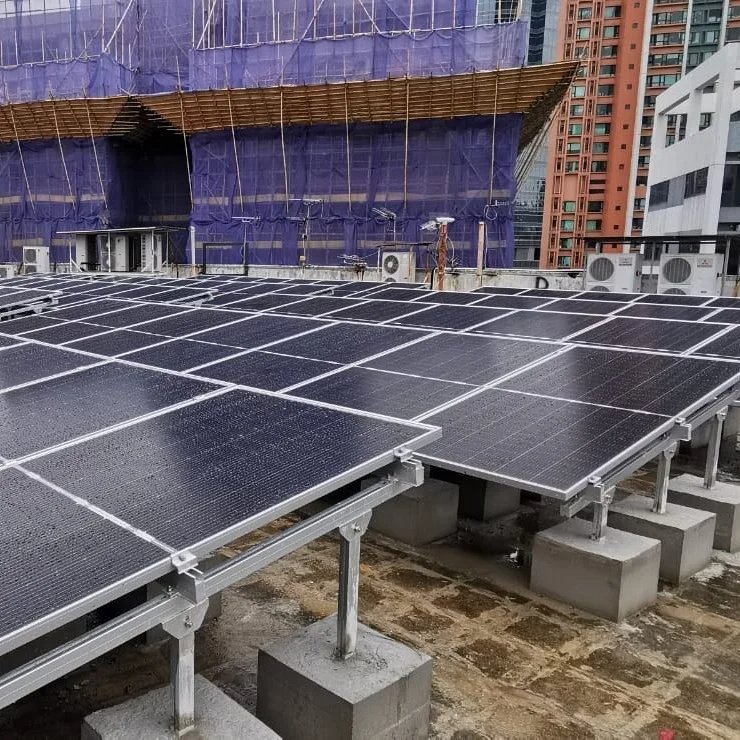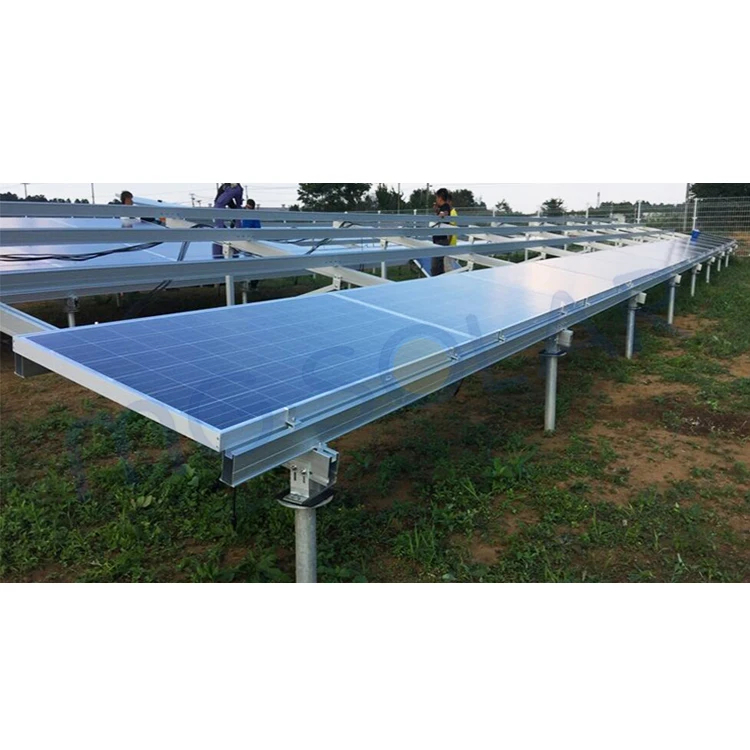-
2103 Room NO.322 Xinggang One Road, Haicang District, Xiamen Fujian, China

Solar Power Plant Weed Control Guide: Costs, Risks, and Best Practices
Table of Contents
Why Weed Control Is Essential for Solar Power Plants
If you are managing a solar power plant, weed control isn’t just about keeping the site neat—it’s critical for maintaining power generation efficiency and ensuring equipment longevity. Neglecting weed management can lead to:
Decreased Power Output
Overgrown weeds can shade the solar panels, even small shadows can cause significant drops in power generation.
Equipment Damage
Tall weeds can cause “hot spots” by blocking parts of the panels, leading to overheating and long-term damage. Rodents attracted by weeds may also chew through electrical cables, risking system failures.
Disputes with Neighbors
Weeds encourage pests and can create an unsightly environment, damaging relationships with neighboring properties. In Japan, there have been cases where poorly managed solar sites caused legal disputes over pest infestations affecting nearby farms. Increased Risk of Theft and Illegal Dumping
Poorly maintained areas are often perceived as abandoned, making them targets for vandalism, theft of equipment, and unauthorized garbage dumping.

Effective Weed Control Methods for Solar Farms
Several methods are available depending on your project’s needs, budget, and land ownership terms.
Using a Brush Cutter
Cutting weeds manually or with machines is a low-cost solution but labor-intensive. Professional services generally charge around $2–3/m² for cutting and another $2/m² for debris removal.
Applying Herbicides
Chemical weed control is affordable ($1–2/m²), but careful environmental assessments are necessary. In areas near farmland or wells, runoff risks must be managed to avoid contamination.
Installing Heavy-Duty Weed Control Fabric
Laying high-quality weed control fabric is a highly effective, semi-permanent solution. Good fabrics can last over 10 years, greatly reducing manual maintenance.
| Materiale | Expected Lifespan | Cost Estimate |
|---|---|---|
| Standard Fabric | 2–3 years | $4–8/m² |
| Heavy-duty UV-resistant Fabric | 10 years | $10–20/m² |
Recommendation: For larger projects, pairing fabric with sistemi a terra ensures better stability and long-term cost savings.
Spreading Gravel
Gravel can suppress weeds when combined with fabric underneath. However, it can be costly ($15–60/m²) and difficult to remove if site restoration is needed later.
Pouring Concrete
Concrete offers the most permanent solution, essentially eliminating weeds. However, it’s the most expensive option ($50–100/m²) and not suitable for leased land that requires restoration after use.
Alternative Methods:
- Planting Cover Crops: Such as clover or low-growing grass (e.g., “Kura clover” in Japan).
- Grazing Animals: In Japan, some facilities introduced sheep to naturally manage weeds, though this requires animal care expertise.
Important Considerations for Weed Control
- Maintenance Frequency: Manual cutting should be done four times a year, herbicide application 2–3 times a year.
- Fabric Quality: Invest in heavy-duty types to reduce replacement and labor costs over time.
- Land Use Agreement: If you are leasing land, prioritize reversible methods like fabric or manual mowing over concrete or gravel.
Additionally, combining solar panel security fencing with good weed control measures can enhance site security.

Conclusion: Weed Management Is Critical for Profitable Solar Operations
Neglecting weed control can directly affect your solar plant’s profitability through reduced output, expensive repairs, legal risks, and increased theft.
Key Takeaways:
- Choose the weed control method based on land ownership and project duration.
- Heavy-duty weed fabric offers the best balance of cost, durability, and ease of maintenance.
- Partner with professional maintenance services when on-site work is not feasible.
If you are considering a long-term, low-maintenance solution for your solar installation, check out our Heavy Duty Weed Control Fabric for Solar Plants.








